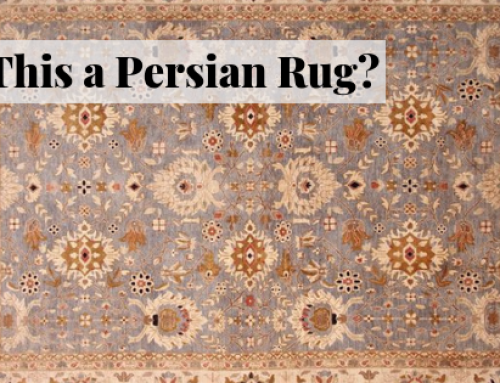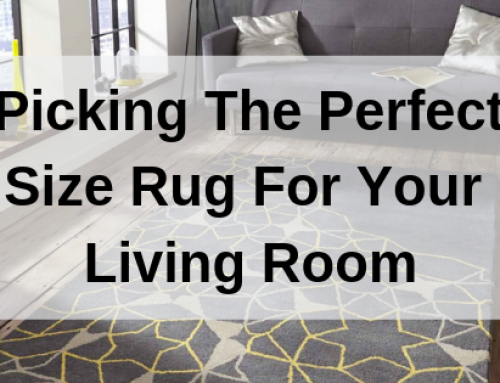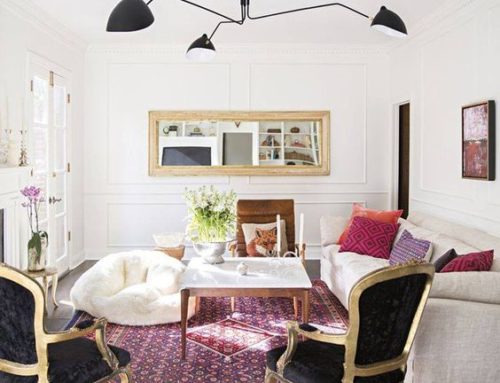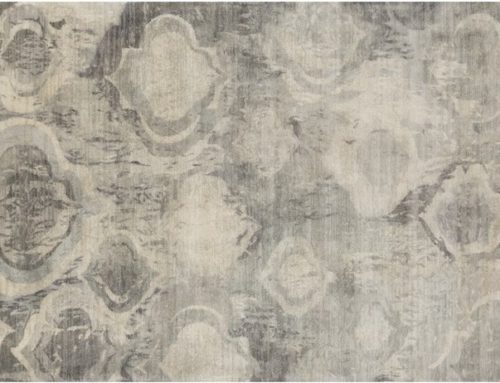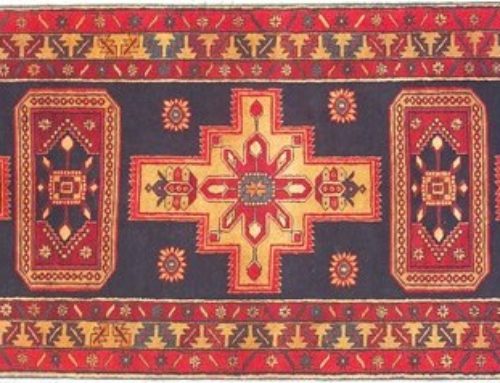The word “rugs” in its ideal context is almost synonymous with Persian. Rugs in Persian culture are an essential part of the home setting. It always precedes any other type of furniture. As a matter of fact, in ancient Persian tradition, people would sit directly on the floor which would be covered by rugs. They would also lean on cushions called “poshti.” These poshties were also covered with rugs, made specifically for cushion covers.
Hand-knotted rugs in Persian culture are a sign of wealth and prosperity. Therefore, every household depending on their social class would have a few rugs on the floor.
Persian Rugs as a Dowry
As children grew up and leave their parents’ house, they take with them a hand-knotted rug. This was particularly important for young women who would get married. As an essential part of their household items would be an area rug. There is a well-known saying in Persian that says a house without a rug is a body without a soul.
History of Persian Rugs
It is not clear when Persians started weaving their rugs. Nor is it evident which region in Persia/Iran is the pioneer in rug weaving. One of the difficulties in studying the history of rug weaving in Iran is the lack of recorded documentation. Much of the earlier history of these world artifacts relies on extinct pieces of art.
Because rugs are made of organic materials such as wool, cotton, and silk, they cannot last for more than a few centuries. Unless they have been kept in supervised and suitable conditions. Therefore we mostly rely on circumstantial evidence when studying the history of rugs.
What is an undisputed is that Persians are the first to have started weaving rugs. Hence, it is not an exaggeration to say that Iran is an expert in the art of carpet weaving. Because it dates back to the Persian empire’s 3000 years of civilization.
Rugs were made to protect villagers from cold and humidity and to provide a cover from the floor. Gradually, rugs made their way to wealthy homes as a decorative item. At this point, elaborate and artistic details were incorporated into the design. The earliest evidence of rugs being used as a decorative item is traced back to 800 BCE.
Blossoming of Persian Rug Weaving
Safavid dynasty era in Persia (15-16 century) was the climax of the blossoming of Persian rug weaving. It was also a time of fashion and matching décor with the rug on the floor. The influence of architecture can noticeably be seen in the rugs of this era. Both in the use of colors and design patterns. The most significant evidence of this influence are rugs that have detailed designs and patterns of mosque domes and palaces. The which were normally done by matching the floor with the ceiling.
Today dome designs in rugs are popular in traditional Persian Rugs. Under the kings Abbas and Tahmasb, a great deal of attention was given to mosques and religious worship. Both in terms of architecture and design in fine rugs. Thus, many fine and valuable rugs were made in this period. Moreover, a significant number found its way to Europe.
Big Cities- Weavers of Fine Rugs
Perhaps, the most significant development in the area rug industry occurred in the 14th century. The Safavid dynasty in Iran was involved with a serious and sometimes nasty competition with the Ottoman empire in Turkey. Both power centers were trying to impress the world. Both empires tried to outdo each other in every aspect. For example, building outstanding mosques and the finest rugs to furnish them. The beginning of the 14th century, important cities emerged from the Safavid dynasties. These include:
- Tabriz
- Isfahan
- Ardabil
Hence, from these cities, some of the finest and delicate Persian rugs were made. Isfahan particularly became the symbol of the Safavid’s greatness in its architecture. Handmade artifacts and rug weaving impressed the Ottoman Empire. Eventually, rug weaving moved towards the east into India (16th and 17th century) taking with it the techniques and designs of Persian rug weaving. Though, the introduction and collection of Persian rugs as a form or art came much later to the west, probably in the late 18th century.
Persian Rugs are introduced to the West
North America hosted the first ever rug exhibition in 1861 in Philadelphia. Apparently. an American businessman bought all the rugs presented. It’s believed that he started the first rug retail business in Philadelphia. The second rug exhibition occurred in London in 1892. One single Persian rug was sold for an impressive price tag of £2,500.
Rugman has a huge selection of Persian Rugs. Enjoy browsing the all the different Persian rugs!

